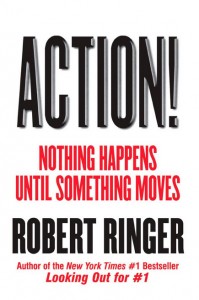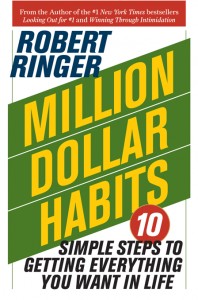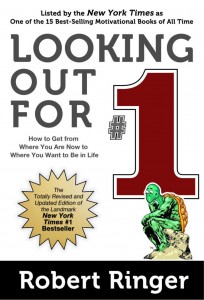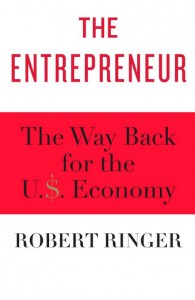Mindfulness and the Days of Awe
Posted on September 20, 2014 by Lauri Ringer
I’ve always loved this time of year. Summer winds down and the weather changes. Students go back to school, and spiritual and cultural events take place all over the world to welcome fall.
One of those events is the Days of Awe — a time for introspection and conscious gratitude for the miracles we take for granted. Though it is celebrated in the Jewish religion, the practice extends to all faiths and to all of humankind.
We live our modern lives at warp speed. Filled to capacity with obligations and commitments, it’s like we are rushing through life on a bullet train. We can’t stop the train or even slow it down.
But during the Days of Awe, the idea is to pull the emergency brake and get off the train. It allows you to catch your breath and look around with a fresh perspective on life. It allows you to take the time to appreciate the daily blessings and miracles that you normally take for granted.
Which raises the question, what if we lived every day as if it were the Days of Awe? Fortunately, it’s possible to do just that through a practice known as mindfulness.
Mindfulness is a process that involves paying attention to the present moment with openness, curiosity, and forgiveness. It is an excellent antidote to the stresses of modern-day life. Mindfulness also can be a tool that increases memory, improves personal relationships, and enhances decision-making.
When a friend invited me to a mindfulness course three years ago, I was skeptical. But as I delved into the subject more deeply, I learned some surprising facts.
First and foremost, I discovered that the scientific and scholarly worlds have rigorously researched the quantifiable effects of mindfulness. As a result, medical and business schools at such universities as Harvard, Yale, and Stanford are incorporating the science of mindfulness into their curriculum and research.
Because neuroscientists can now access and measure brain activity with high-precision instruments (e.g., functional magnetic resonance imaging), they now know that mindfulness strengthens the brain’s neural connections. Literally, we can now rewire the brain to treat a whole range of physical and mental conditions — cancer, high blood pressure, anxiety, depression, ADHD, substance abuse, and many others.
Businesses are looking to improve the corporate landscape through mindfulness. The Corporate-Based Mindfulness Training Program is designed for “busy people with little time and high ambitions,” and cites among its benefits increased concentration, improved efficiency, and better balance in the work and personal lives of employees.
Even when I’m not compliant with the recommendations of structured mindfulness sessions, I find myself using it throughout the day. Taking a few moments to be aware — most importantly, aware that you are aware — strengthens neural connections.
Seizing the present moment – or carpe diem, as it is called — is mindfulness in action. From the mundane (what to pick up from the market) to the extraordinary (winning an award), it’s a healthy practice to concentrate on consciously seizing the moment to be present and aware.
Lastly, I want to mention a technique I refer to as “freeze-framing,” which involves stopping in the middle of something you’re doing, eating, or watching and just focus on “taking it all in.” As with mindfulness exercises, stop the action and take the trouble to notice and appreciate the totality of the moment. Really observe what you are doing. Because you are “aware that you are aware,” you not only strengthen your brain’s neural connections but enhance the experience.
Whether it is the Days of Awe, mindfulness, or freeze-framing, take the time to stop and get off the bullet train that is whizzing you through life. Even if it’s just for one day. Better yet, make a conscious effort to do it every day, and your brain, your body, and your being will handsomely reward you.










